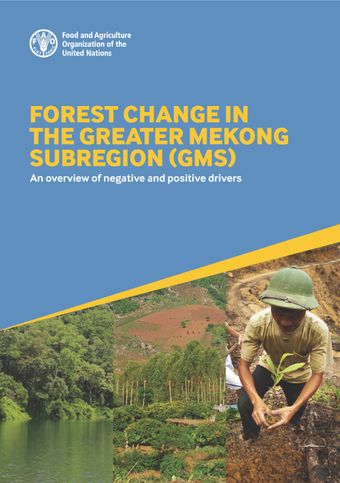Introduction

- Authors: Yurdi Yasmi, Patrick Durst and Rehan Ul Haq
- Main Title: Forest Change in the Greater Mekong Subregion (GMS) , pp 1-2
- Publication Date: July 2018
- DOI: https://doi.org/10.18356/fc42ec59-en
- Language: English
- Previous Chapter
- Table of Contents
- Next Chapter
Over the last 25 years, the world’s forests have undergone substantial changes in dynamic and diverse ways (FAO, 2015a; MacDicken et al., 2015a). In certain regions and countries, the changes have been more rapid. However, while the net forest loss has been cut by 50 percent and progress on sustainable forest management (SFM) has shown positive results, natural forests continue to decline while plantation forests are on the rise (MacDicken et al., 2015b; Sloan and Sayer 2015). Encouragingly though, larger areas are now being designated for the conservation of biological diversity. Certainly, a number of these changes can be attributed to population growth and the evolving demands of our modern society but the way we manage our forests today is different now and will never be the same again (Agrawal et al., 2008). What drives all these changes in forestry?
-
From This Site
/content/books/9789210472531c009dcterms_title,dcterms_subject,pub_keyword-contentType:Journal -contentType:Contributor -contentType:Concept -contentType:Institution105



